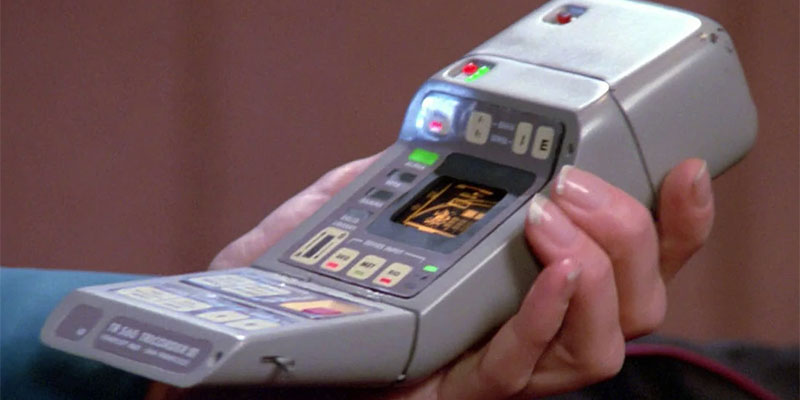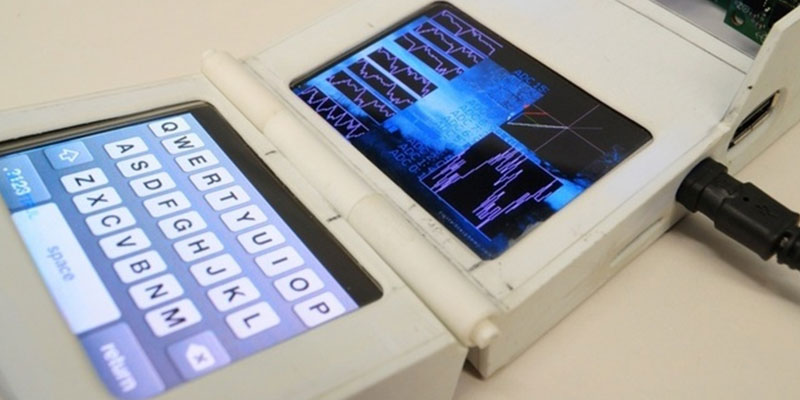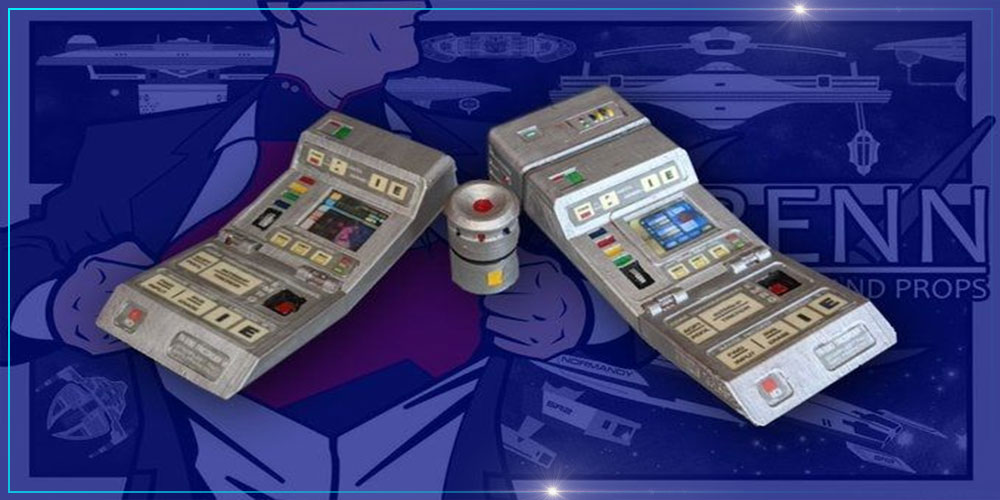Tricorders are the Star Trek universes go-to portable computer, able to scan pretty much anything and everything from data sensing, analysis, and recording, to lifeform scanning and medical analysis. Each unit had many specialized abilities which made it an asset to crews aboard starships and space stations as well as on away missions.
First seen in Star Trek: The Original Series, it was not until Star Trek: The Next Generation that took the concept of Tricorders and scaled down and split it into two variants so they could fit in the palm of your hand. As mentioned in The Next Generation, Tricorders were split into Science and Medical designs and uses.
The Science Tricorder could do anything, scan from phaser or disruptor signals, scan alien craft, follow life signs and give you the molecular construction of a wall.

The Medical Tricorder was slightly larger as it housed a hand scanner that a Doctor or nurse could pop out and use to scan a patient of any species. This would then diagnose an extremely long list of medical issues from the common cold all the way to the most terminal of illnesses.
As of its third revision, dated 17 April 1967, the series’ Writers/Directors’ Guide (p. 19) described the device thusly:
“TRICORDER: A portable sensor-computer-recorder, about the size of a large rectangular handbag, carried by an over-the-shoulder strap. A remarkable miniaturized device, it can be used to analyze and keep records of almost any type of data on planet surfaces, plus sensing or identifying various objects. It can also give the age of an artifact, the composition of alien life, and so on. The tricorder can be carried by Uhura (as communications officer, she often maintains records of what is going on), by the female yeoman in a story, or by Mister Spock of course, as a portable scientific tool. It can also be identified as a ‘medical tricorder‘ and carried by Doctor McCoy.” (Star Trek: The Original Series 365, p. 026)
All in all the Tricorder is one of the most interesting parts of the Star Trek universe and there have been attempts in the real world to make a device similar that works!

Real World Development
According to Memory Alpha, there has been many developments made in the real world…
The first “real-world” tricorder was developed by a Canadian company called Vital Technologies Corporation in 1996. The scanner was called the TR-107 Mark 1; Vital Technologies sold 10,000 of them before going out of business in 1997. The TR-107 could scan EM radiation, temperature, and barometric pressure. The TR-107 is properly referred to as a true “tricorder” due to a clause in Gene Roddenberry’s contracts with Desilu/Paramount dating back to the time of The Original Series. The clause specified that if any company could find a way to make one of the fictional devices actually work, then they would have the right to use the name.
Many research laboratories are developing, or have developed, portable scientific analyzers. For example, in February 2007, researchers from Purdue University publicly announced their portable (briefcase-sized) DESI-based mass spectrometer, the Mini-10, which could be used to analyze compounds in ambient conditions without prior sample preparation. This was also announced as a “real-life tricorder” in later press releases. Truly hand-held devices, based on lab-on-a-chip systems, are also in development. These are typically more specialized than the Star Trek equivalent; however, it is believed that biomarker analysis will allow the development of a general-purpose medical instrument in the near future.
Sandia National Laboratories in the US is a major centre for lab-on-a-chip research, and have developed many handheld instruments for biological or chemical analysis. In May 2008, researchers from Georgia Tech publicly announced their portable hand-held multi-spectral imaging device, which aids in the detection of the severity of an injury under the skin, including the presence of pressure ulcers, regardless of lighting conditions or skin pigmentation. The day after the announcement, technology websites including Inside Tech and The Future of Things began comparing this device to the Star Trek tricorder.
Watch MrBenn’s Latest Video Below
You can find Benn at the following links












